One feels the pang of impending failure whenever the Royal Ballet ventures like a deluded Don Quixote into a periodic quest to stage that delightful old ballet named after him. Twice in recent years has it tilted at the windmill and flopped back, dazed and bruised. It never remembers, though, and here it goes a third time.
A Spanish romp in the sun, with brilliant dancing, silly comedy and a happy ending, makes a perfect change from the usual Christmas Nutcracker, does it not? And nowadays, with such a substantial cohort of Cuban, Argentinian, Brazilian and Spanish dancers the Royal should be able to scorch the floor in required style, shouldn’t it?
Carlos Acosta’s production, new last year, is generous with warmth, but it’s a mild English 20 degrees rather than a bright Castillian (or Havanan) 30. And this is one ballet that really should be off the scale for excess. A Don Q. production should be robust enough to get us spectators reaching happily for sangria no matter who the cast is, while acknowledging that it is all about rip-roaring pizzazz and megawatt dancing. The priority should not be ‘a kind of realism’, as Acosta gamely argues in the programme notes.
Don Quixote is one of three surviving evocations of hot foreign parts for icebound Petersburgers made by the Frenchman Marius Petipa, the long-serving balletmaster to the Tsars — Ancient Egypt in The Pharaoh’s Daughter, Spain here and India in the gorgeous La Bayadère. The last shares with Don Q. the compositional services of the ebullient Viennese waltz-obsessive Ludwig Minkus, and a chunk of Bayadère turns up in this Don Quixote, common enough in the old cut-and-paste ballet score convention but disconcerting nevertheless.
The sets by Tim (Spamalot) Hatley are mostly great, especially Don Quixote’s panelled study with his canopied bed, which collapses as he hauls off a bedpost to serve as his lance, and the town square of whitewashed houses under a bright blue sky. Then the houses start sliding around as if you’d had a few too many, which might be an empathetic point with the old Don’s muddled wits.
There’s also something pleasingly inebriated about the gigantic osteospermum flowers of the vision scene, where the concussed Don Quixote dreams of his fantasy Dulcinea. So what a pity that all this scenic curiousness is flooded with lighting as tepid as a Sussex afternoon in May.
Most of the corps costumes are pastel too. Charitably, I’m imagining the main characters’ outfits were intended to shriek that it’s all a bad dream. And they do. I cannot comprehend why Kitri would wear that nasty paprika-red dress with the black and blue inserts (and mighty big black knickers), nor why Mercedes would choose neon pink and black when she has mousey hair and pale, unsun-kissed skin. Our barber hero Basilio is in unnecessarily poverty-stricken brown fustian, but Espada the matador wears bright green and looks like a giant pea pod.
However, let’s get down to the dancing. The leading couples over the run will surely be polishing their fouettés and grands jetés till they squeak, incentivised by the appearance from 20 December of Natalia Osipova, the world’s greatest Kitri, now residing in the Royal Ballet. In recent years she and her frequent Bolshoi partner Ivan Vasiliev have defined for today the erotic fizz we expect in Kitri and Basilio. Osipova casts Vasiliev a look that says, ‘Supersize me!’ And he replies, ‘Just watch me!’
Acosta, in the first-night cast here with Marianela Nuñez, used to supersize the thrills. Nowadays it matters little to the adoring audience (including me) that we take home instead memories of nice, long, sensual spins and rock-steady lifts. Nuñez compensates — her jetés hit the sky, her back foot flicks her chignon with exultant ease. But a few more sparks between them wouldn’t come amiss.
The secondary dancing roles are nearly as important in pulling off this party. Leave aside the unconvincing ‘comedy’ dramatics — it’s all about panache and exhibitionism in the dancing. Kristen McNally and Thomas Whitehead led the gypsy pack with attractively detailed insolence, but the technical relish needed in Espada, Mercedes and the Queen of the Dryads flared only fitfully in Ryoichi Hirano, Claire Calvert and Melissa Hamilton, while Meaghan Grace Hinkis’s Amour lacked the essential wit.
Acosta has tried too hard to be brainy about what is a no-brain ballet, and a stiff drink or two beforehand will help. But then Alice in Wonderland, the Royal’s other festive attraction, needs drugs.
I’ll report on that next time, and on Matthew Bourne’s Edward Scissorhands and Christopher Wheeldon’s new An American in Paris. Pure, traditional Christmas joys are available until this Saturday from Birmingham Royal Ballet’s fabulous Nutcracker, whose magical tree and coups de theâtre will dazzle even the soberest spectator.
Got something to add? Join the discussion and comment below.
Get 10 issues for just $10
Subscribe to The Spectator Australia today for the next 10 magazine issues, plus full online access, for just $10.

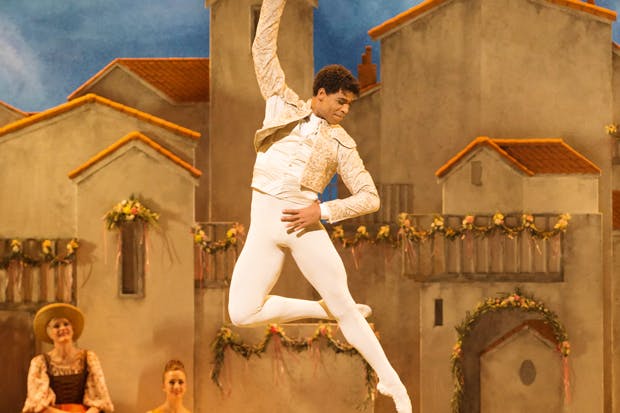
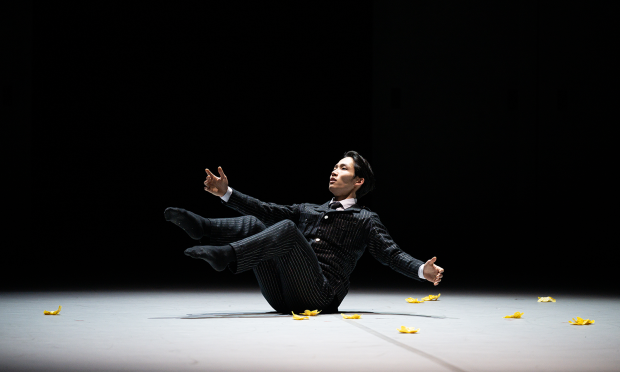
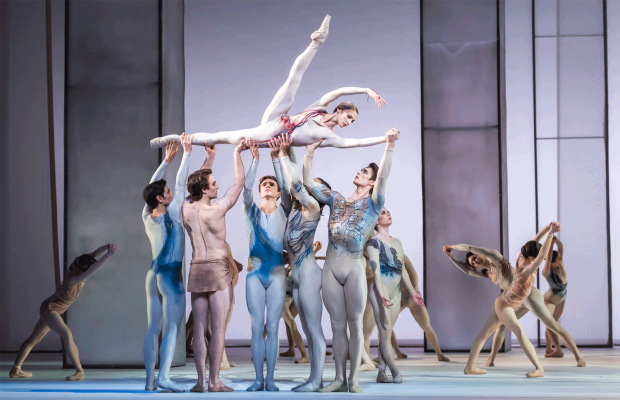

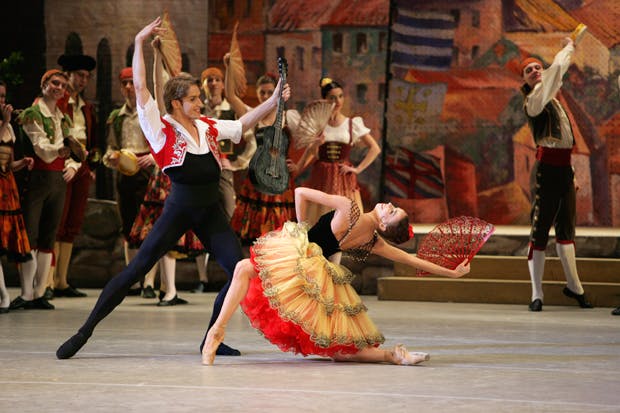
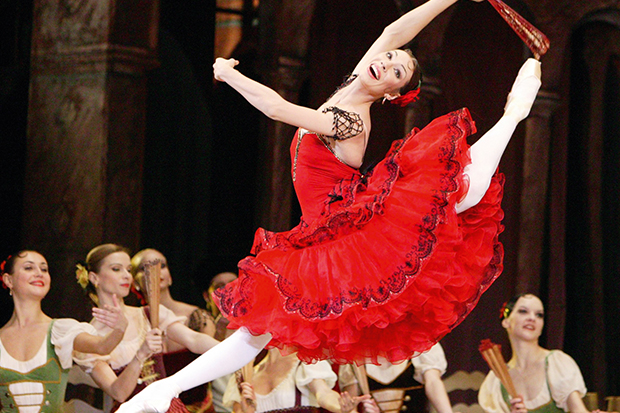
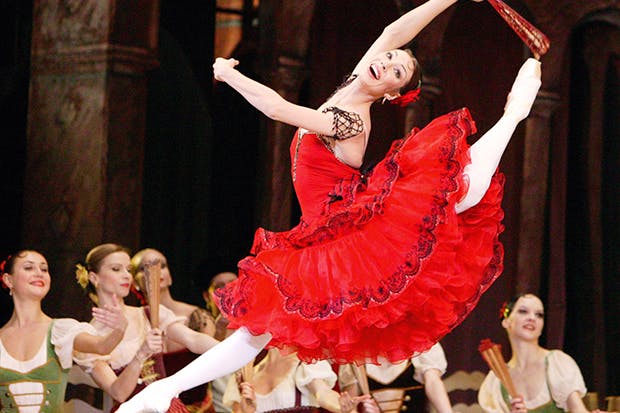






Comments
Don't miss out
Join the conversation with other Spectator Australia readers. Subscribe to leave a comment.
SUBSCRIBEAlready a subscriber? Log in